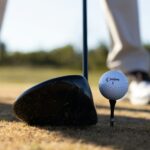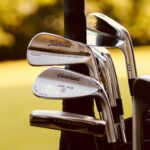Introduction
Let’s face it—guessing your yardage on the golf course is like throwing darts blindfolded. If you want to shave strokes off your score and boost your confidence on every swing, there’s one golf gadget you need on your wrist: a GPS golf watch. These sleek little smartwatches do way more than tell time—they’re like having a caddie whispering the exact distance to the pin right into your ear. And when it comes to golf club selection? They’re absolute game-changers.
Understanding How GPS Golf Watches Work
Satellite Technology Meets Swing Strategy
GPS watches use satellite data to pinpoint your location on the course in real time. With access to thousands of mapped golf courses, they calculate precise distances from where you stand to various targets—like the flag, bunkers, and water hazards.
Swing Smarter: Unlock Your Best Golf Tips Here!
Distance Readings: Front, Center, and Back
The magic is in the numbers. Most GPS watches give you yardages to the front, center, and back of the green—helping you pick the best landing zone, not just aim blindly at the flag.
Auto Hole Recognition and Dynamic Green View
Your watch automatically knows what hole you’re on and adjusts as you move. Some models even rotate the green view based on your angle, giving you a more accurate layout of where you’re hitting from.
Key Benefits of Using a GPS Watch for Club Selection
Instant Yardages Save Time
No pacing off sprinkler heads or fumbling with a rangefinder. Just glance at your wrist and get the number.
Reliable Data Reduces Guesswork
You’ll no longer wonder if your 8-iron will reach. You’ll know it will—or won’t—based on real data.
Consistency in Decision-Making
With a GPS watch, your club choices become routine and repeatable. Less indecision = better execution.
What Features to Look for in a Golf GPS Watch
Accuracy and Satellite Lock Speed
Faster satellite lock means quicker yardages. Look for watches that connect within 5 seconds and stay connected throughout the round.
Style on the Fairway: Chic Golf Fashion for Women.
Club Tracking Integration
Watches with club tracking features (or those that sync with sensors) help build your personal distance database.
Slope-Adjusted Yardages (When Legal)
Some watches calculate how elevation affects your shot distance. Just remember to disable it during tournament play.
Shot History and Stats
Access past shots to spot trends—like how far you actually hit that 5-wood on average, not what you think you hit it.
Step-by-Step: Using a GPS Watch to Choose the Right Club
Step 1: Power On and Sync with the Course
Make sure your watch is charged and synced before you tee off. Most devices automatically find the course within a minute.
Step 2: Confirm Your Hole and Distance to Target
Check that the watch shows the correct hole. Then take a look at the distances to the green, layups, or hazards.
Step 3: Check Wind, Elevation, and Hazards
Some models offer wind readings or show elevation changes. Take those into account when choosing your club.
Step 4: Match Distance to Your Club Averages
Think back to your club yardages or use tracked data from the watch. If you hit your 7-iron 140 yards and you’re 138 out, boom—that’s your club.
Step 5: Commit to Your Choice and Swing
The data’s done its job. Now trust it, commit to the swing, and let it rip.
How GPS Watches Help You Learn Your Club Distances
Tracking Shots Over Time
Every shot you record feeds into your database. Eventually, your watch knows how far you hit each club—not how far the pros do.
Spotting Patterns in Yardage
You might discover your 6-iron goes as far as your 5-iron, or that you always under-club with wedges. The watch doesn’t lie.
Refining Club Use Based on Data
Start carrying the clubs you use, not just the ones that look good in the bag.
Best GPS Watches for Improving Club Selection
1. Garmin Approach S70 – Premium Precision
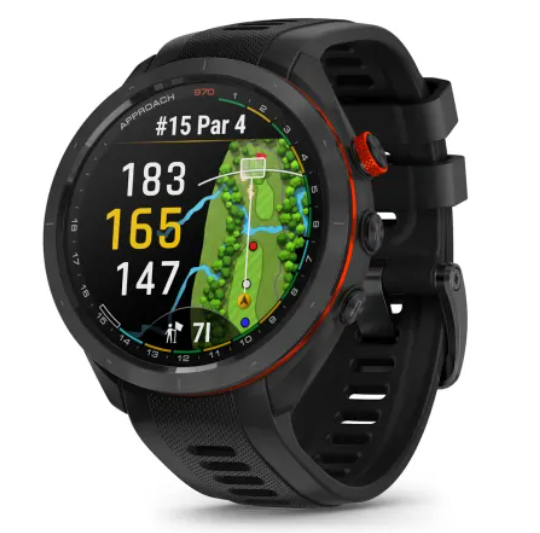
Advanced Yardage Readings
Includes slope, wind, and elevation. It’s like a mini launch monitor on your wrist.
Swing Metrics and Club Averages
Tracks tempo, speed, and shot distance per club.
Custom Club Recommendations
It even suggests which club to hit based on past performance.
2. Bushnell iON Edge – Affordable Accuracy
Easy Interface with Long Battery Life
Lasts up to 15 hours—enough for multiple rounds.
Auto-Hole and Green View
Keeps things simple and easy to follow.
Simple Stats for Every Swing
Great for casual players who want straightforward distance data.
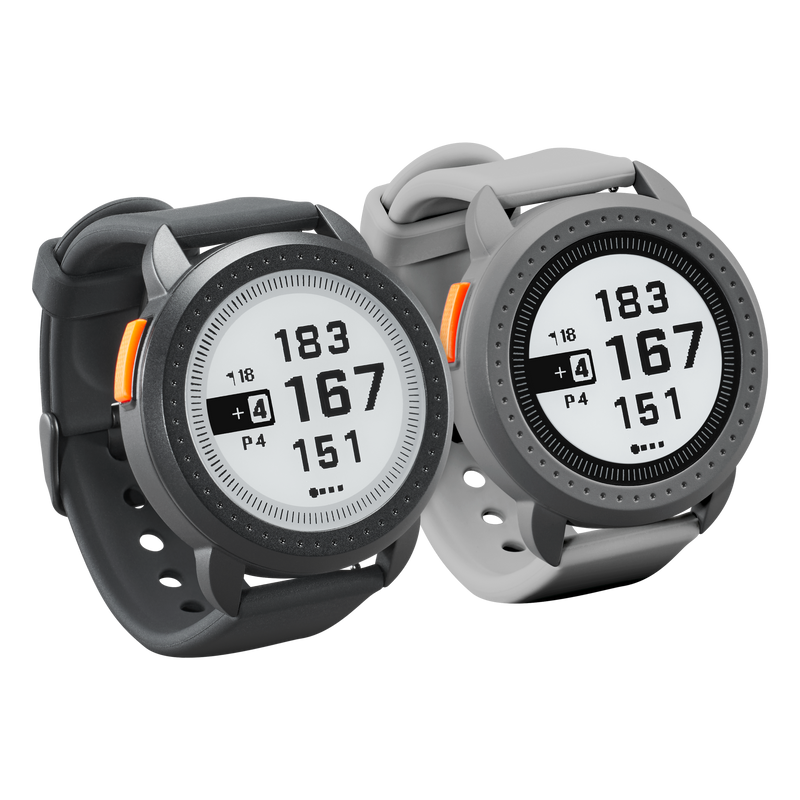
3. SkyCaddie LX5 – Course Maps That Guide You
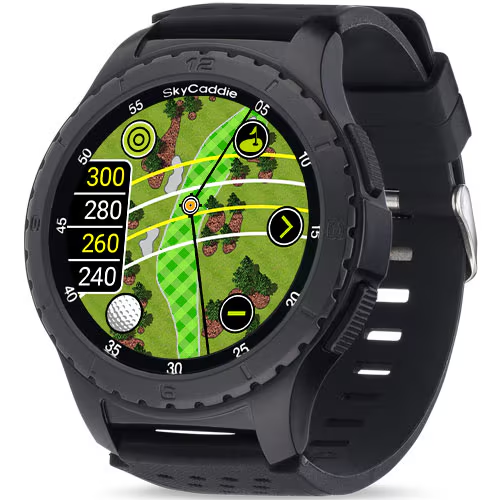
Detailed On-Screen Yardage Maps
Full-color visuals help with clubstrategy.
Real-Time Club Suggestions
Syncs with your swing data for personal club recommendations.
High-Resolution Display
Easy to read—even in bright sunlight.
4. Voice Caddie G3 – Compact and Lightweight
Minimalist Watch with Slope Tech
No frills, all focus. Great for women who want light gear.
Crisp Distances at a Glance
Quick checks, clean display—perfect for a fast-paced round.
Great for Women and Beginners
Slim profile and intuitive design make it super user-friendly.
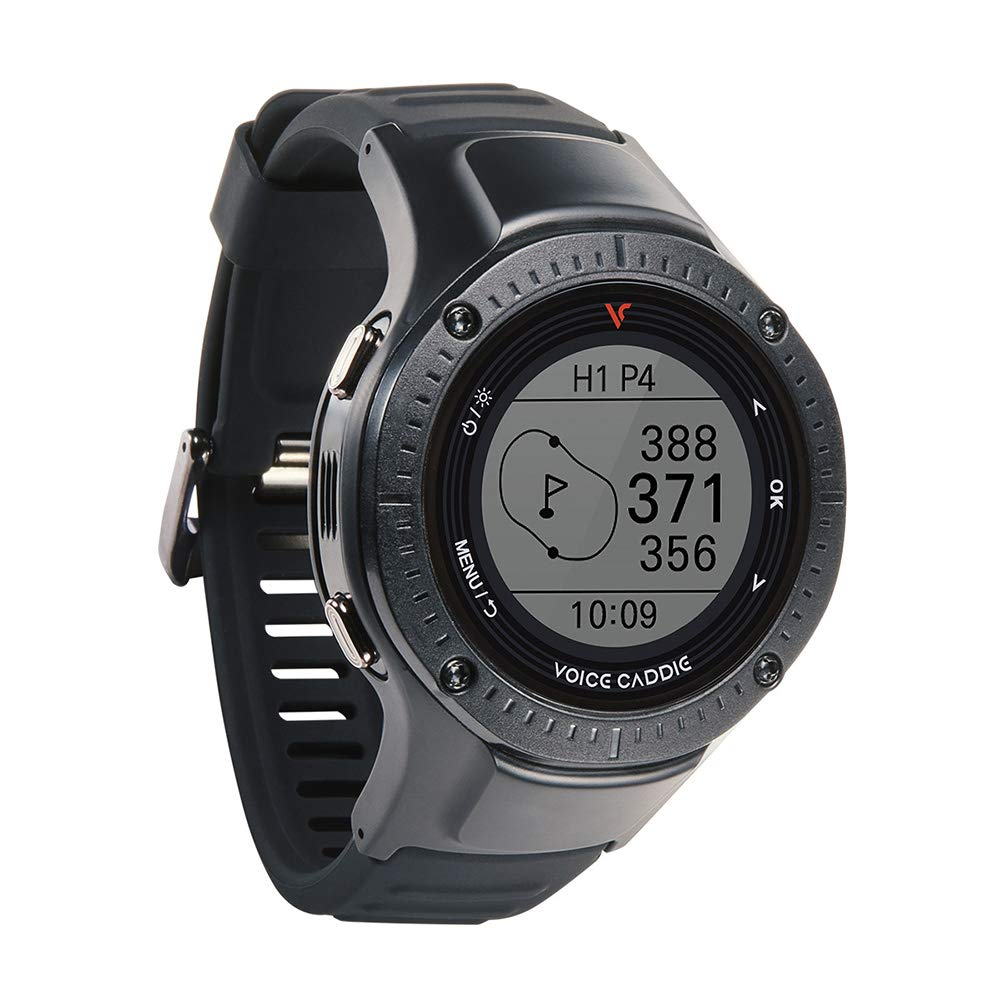
Pairing GPS Watches with Club Tracking Sensors
How Sensors Work with Your Watch
Attach tiny sensors to each club grip. When you swing, the watch logs the shot and distance.
Building a Personal Yardage Chart
After a few rounds, your watch will “learn” your average distances and tendencies for each club.
Real-Time Feedback for Each Club
Make on-the-fly adjustments based on how your clubs are performing that day.
Situational Use: Club Selection on Different Holes
Long Par 5s – Managing Strategy and Distance
Use the watch to lay up smart or go for the green. Know how far your 3-wood will really go.
Tight Par 4s – Trusting Numbers Over Feel
If the watch says 215 to the water, believe it. Choose a club that won’t overshoot and stay safe.
Par 3s – Precision with the Pin Location
Knowing the flag is front-left at 143 yards instead of center at 158 can totally change your club choice.
Overcoming Common Mistakes with GPS Watches
Misreading the Yardage Display
Front and back yardages are often smaller text—make sure you’re reading the right number!
Ignoring Wind and Elevation Adjustments
Don’t just trust flat distance. If it’s uphill 10 yards, you’ll need more club.
Relying Too Much on Technology Without Practice
Your watch helps—but it can’t fix a slice. Keep practicing!
How to Create a Club Yardage Chart Using Your Watch
Record and Save Data from Multiple Rounds
After each round, look at your club distances. The more data, the clearer your chart becomes.
Compare Ranges by Club and Lie
Track differences between fairway shots, rough, and downhill lies. This insight is next-level.
Build Confidence in Each Club’s Role
Once you know your numbers, decisions get easier. Confidence goes up. Mistakes go down.
Why Every Amateur Golfer Should Use a GPS Watch
Levels the Playing Field with Data
You may not hit 300-yard drives—but you can have the same course info as the pros.
Makes Practice Smarter, Not Harder
Use real swing data to focus your range sessions.
Boosts Confidence and Speeds Up Play
You’ll walk up to every shot knowing your number and your club. No hesitation.
GPS Watch Etiquette on the Course
Glance Quickly, Don’t Hold Up Play
Use your watch between shots, not during others’ swings.
Turn Off Sounds and Notifications
Respect the quiet. Silent mode is your friend.
Stay Focused on the Game, Not the Screen
Use it as a tool—not a distraction.
Future Features to Watch For in Golf GPS Watches
AI-Powered Club Recommendations
Imagine your watch saying, “Hit your 7-iron with a 75% swing.” It’s coming.
Voice Commands and Smart Coaching
Talk to your watch, get advice, and stay hands-free.
Integration with Swing Video Analysis
Soon you’ll be able to see your swing AND your yardages on one screen. Wild, right?
Conclusion
GPS watches are more than just cool tech—they’re a true partner in your journey to becoming a smarter golfer. They take the guesswork out of club selection, build your confidence, and help you make faster, better decisions on every hole. Whether you’re shooting 72 or 102, using a GPS watch to fine-tune your club choices can change your game for the better. So go ahead—strap one on and start swinging like you mean it.
FAQs
1. How accurate are GPS watches for club selection?
Most GPS watches are accurate within 1–3 yards, which is more than enough for confident club choices.
2. Can a GPS watch replace a rangefinder?
Yes and no. A GPS watch is faster and more convenient, but rangefinders offer more precision for exact pin distances.
3. What’s the difference between slope-adjusted and regular yardage?
Slope-adjusted yardage factors in elevation changes, giving a “plays-like” distance for uphill or downhill shots.
4. Do GPS watches track my shots automatically?
Some do—with the help of club sensors. Others require manual input, depending on the model.
5. Are GPS watches legal in tournaments?
Yes, as long as slope, wind, and other enhancements are disabled during competitive rounds.





